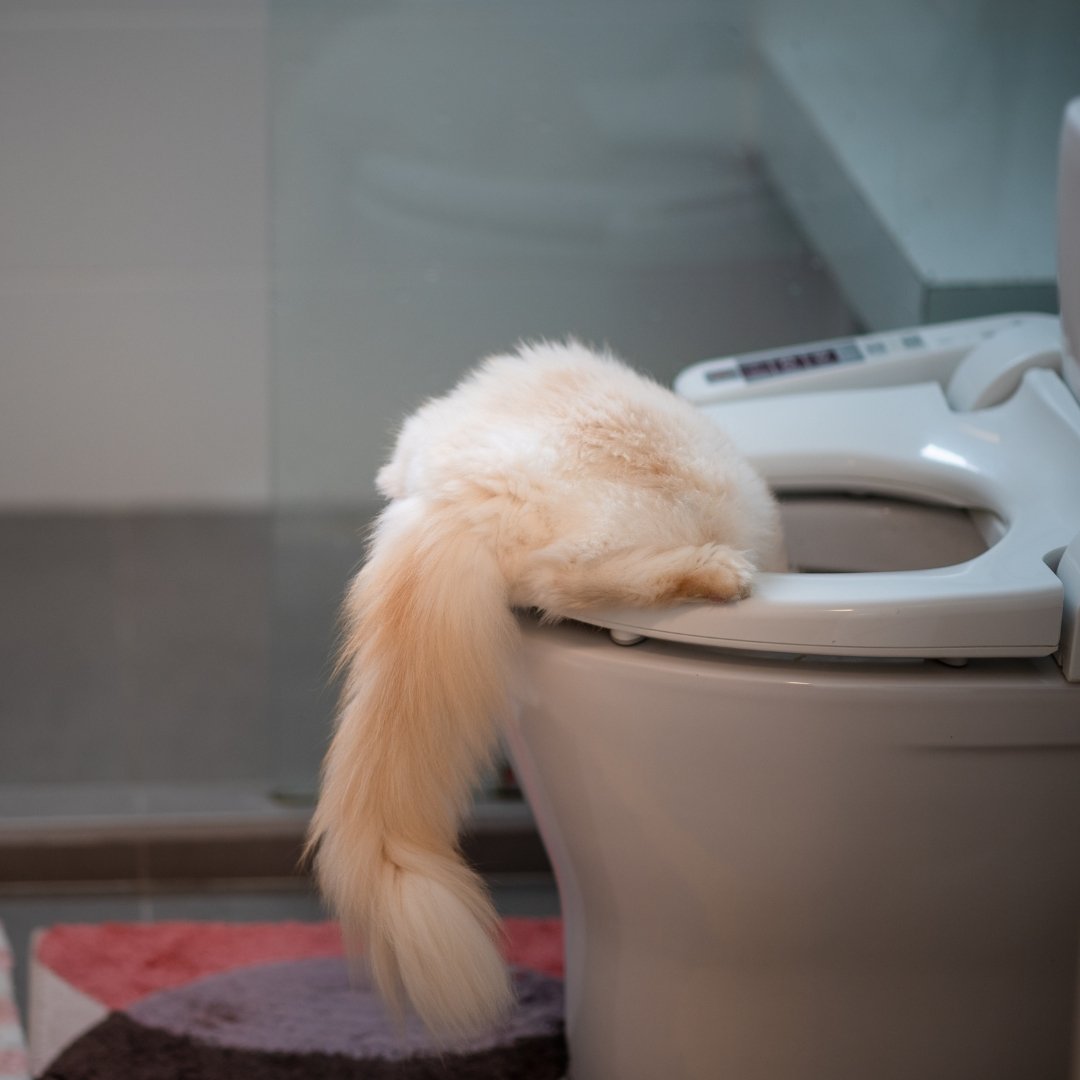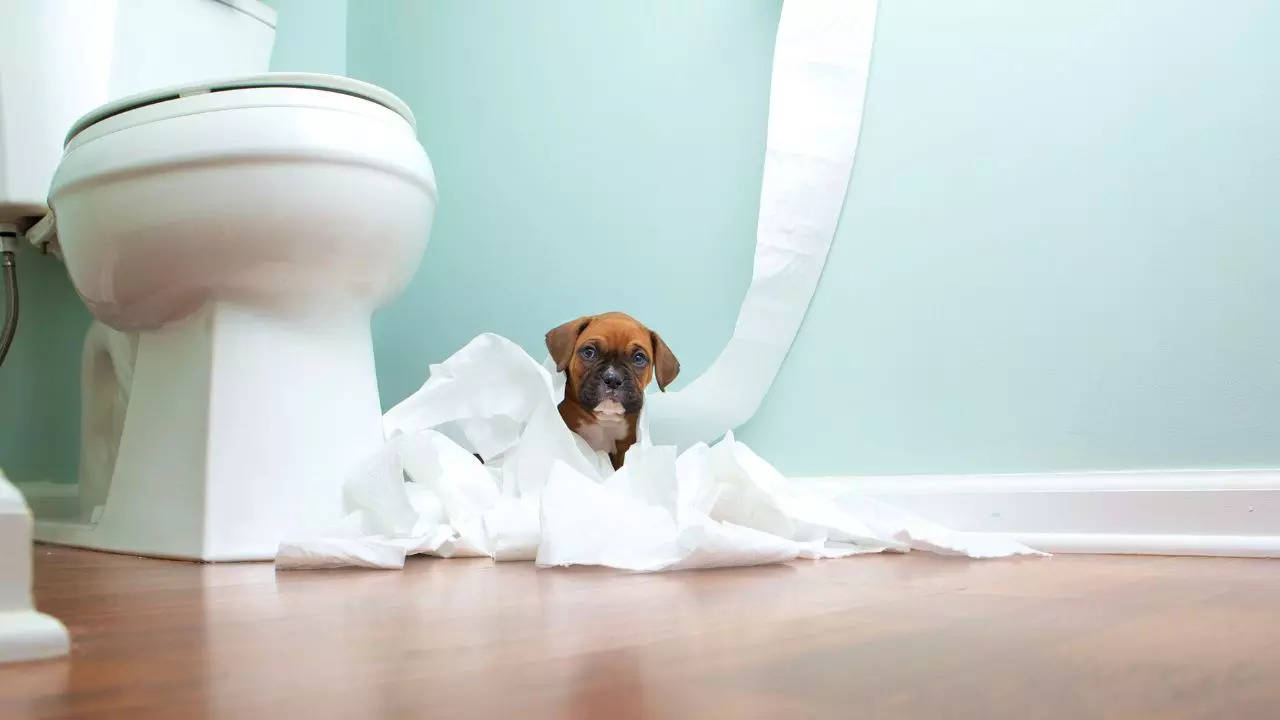Were you trying to find ideas about Why you should never flush dog poop down the toilet?

When it pertains to dealing with waste, specifically animal waste, many individuals commonly consider the hassle-free choice of flushing it down the commode. However, this relatively very easy solution can have significant effects for the atmosphere and public health. In this article, we'll explore why flushing animal waste down the bathroom is a poor idea and give alternative methods for proper disposal.
Intro
Proper garbage disposal is essential for keeping environmental sustainability and public health. While it may appear safe to purge animal waste down the toilet, it can bring about numerous issues, both for the environment and human well-being.
Risks of flushing pet waste
Environmental effect
Purging pet waste introduces hazardous microorganisms and virus into rivers, which can adversely impact water ecosystems. These pathogens can infect water sources and injury marine life, interfering with delicate ecosystems.
Public health issues
Pet waste has damaging microorganisms such as E. coli and Salmonella, which can pose major wellness threats to humans. Purging pet waste down the commode can contaminate water products, bring about the spread of diseases and infections.
Alternatives to flushing
Rather than flushing animal waste down the bathroom, there are several alternate disposal techniques that are much more environmentally friendly and sanitary.
Composting
Composting animal waste is an environment-friendly method to get rid of it. By composting, organic matter is broken down right into nutrient-rich soil, which can be utilized to feed gardens and plants.
Garbage dump disposal
Disposing of pet waste in a landfill is an additional alternative. While not as environmentally friendly as composting, it is a safer choice to flushing, as it prevents the contamination of water resources.
Pet waste disposal systems
There are specific family pet waste disposal systems readily available that securely and hygienically throw away pet waste. These systems often use enzymes to break down waste and eliminate smells.
Steps to appropriate pet waste disposal
To ensure appropriate disposal of animal waste, follow these actions:
Scooping and nabbing waste
Routinely scoop and bag pet waste utilizing naturally degradable bags. This stops waste from polluting the environment.
Making use of assigned waste bins
Dispose of bagged pet waste in marked waste containers, such as compost containers or landfill bins. Avoid flushing it down the commode in any way prices.
Cleaning litter boxes and pet dog locations consistently
Routinely tidy litter boxes and pet dog areas to avoid the build-up of waste and microorganisms. Use pet-safe cleaning products to preserve health.
Advantages of proper disposal techniques
Adopting appropriate disposal methods for animal waste provides numerous benefits:
Reduced environmental pollution
Appropriate disposal techniques lower the risk of environmental pollution, shielding rivers and communities from contamination
Lessened threat of water contamination.
By preventing flushing animal waste down the toilet, the danger of water contamination is dramatically lowered, safeguarding public health.
Boosted hygiene and hygiene
Appropriate disposal techniques promote much better hygiene and health, creating a more secure atmosphere for both human beings and animals.
Conclusion
Finally, purging pet waste down the bathroom is dangerous to the atmosphere and public health. By embracing different disposal methods and complying with correct waste management methods, we can lessen the unfavorable effect of animal waste and read more add to a cleaner, healthier planet.
What To Do With Dog Poo – The Do's And Don'ts Of Disposing Of Faeces
Dog poo bins
Some councils provide dedicated dog waste bins in popular dog-walking areas that can take dog poo that has been bagged but you can legally dispose of dog waste in any public litter bin, as long as it is securely bagged. This also applies to your wheelie bin at home.
Do not flush
Water companies do not recommend flushing dog faeces down the toilet because certain parasites can survive the water processing treatment and are potentially harmful to humans. You should also never consider flushing dog poo that has been bagged down the toilet as the bags will not break down and instead create severe blockages in the sewage system.
In the woods
The Forestry Commission promotes a ‘stick and flick’ method for dealing with waste in the woods. This means finding a stick and using it to flick any poo from off the path so that it is out of the way of other walkers. You could also bury it as long as it is not in an area where there might be livestock.
Livestock
Parasites found in dog poo can be transmitted to livestock if they inadvertently eat infected faeces that has been left on grazing land. This could result in the death of sheep or abortion in cattle so you should always make sure you pick up your dog’s waste in fields where livestock could be present.

Routinely tidy litter boxes and pet dog areas to avoid the build-up of waste and microorganisms. Use pet-safe cleaning products to preserve health.
Advantages of proper disposal techniques
Adopting appropriate disposal methods for animal waste provides numerous benefits:
Reduced environmental pollution
Appropriate disposal techniques lower the risk of environmental pollution, shielding rivers and communities from contamination
Lessened threat of water contamination.
By preventing flushing animal waste down the toilet, the danger of water contamination is dramatically lowered, safeguarding public health.
Boosted hygiene and hygiene
Appropriate disposal techniques promote much better hygiene and health, creating a more secure atmosphere for both human beings and animals.
Conclusion
Finally, purging pet waste down the bathroom is dangerous to the atmosphere and public health. By embracing different disposal methods and complying with correct waste management methods, we can lessen the unfavorable effect of animal waste and read more add to a cleaner, healthier planet.
What To Do With Dog Poo – The Do's And Don'ts Of Disposing Of Faeces
Dog poo bins
Some councils provide dedicated dog waste bins in popular dog-walking areas that can take dog poo that has been bagged but you can legally dispose of dog waste in any public litter bin, as long as it is securely bagged. This also applies to your wheelie bin at home.
Do not flush
Water companies do not recommend flushing dog faeces down the toilet because certain parasites can survive the water processing treatment and are potentially harmful to humans. You should also never consider flushing dog poo that has been bagged down the toilet as the bags will not break down and instead create severe blockages in the sewage system.
In the woods
The Forestry Commission promotes a ‘stick and flick’ method for dealing with waste in the woods. This means finding a stick and using it to flick any poo from off the path so that it is out of the way of other walkers. You could also bury it as long as it is not in an area where there might be livestock.
Livestock
Parasites found in dog poo can be transmitted to livestock if they inadvertently eat infected faeces that has been left on grazing land. This could result in the death of sheep or abortion in cattle so you should always make sure you pick up your dog’s waste in fields where livestock could be present.

We had been made aware of that editorial on Should you flush animal waste down the toilet through an acquaintance on another website. Kindly set aside a second to share this post if you liked it. Kudos for your time. Don't hesitate to pay a visit to our blog back soon.
Quote